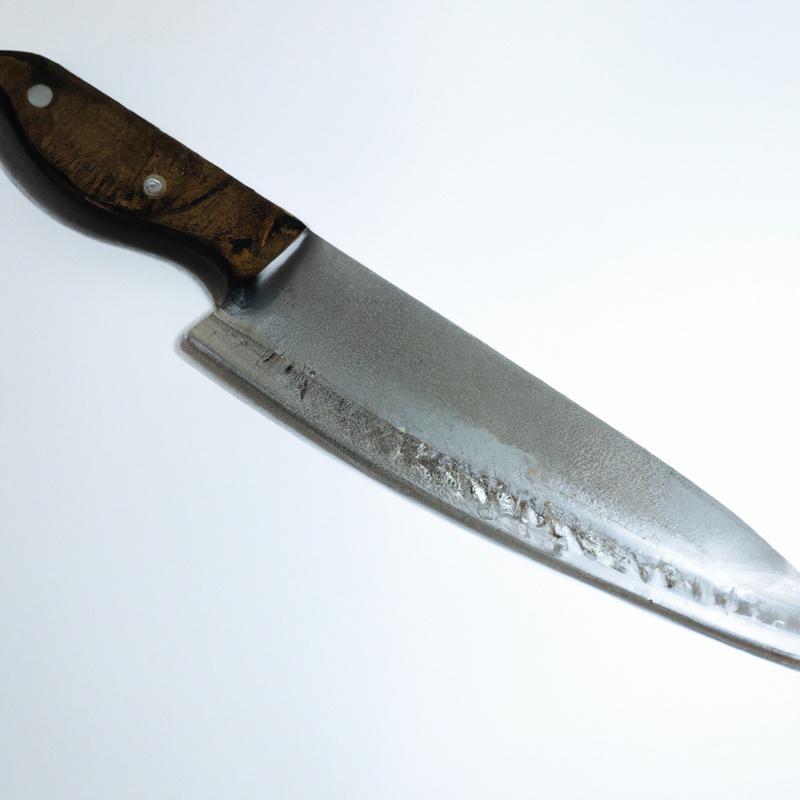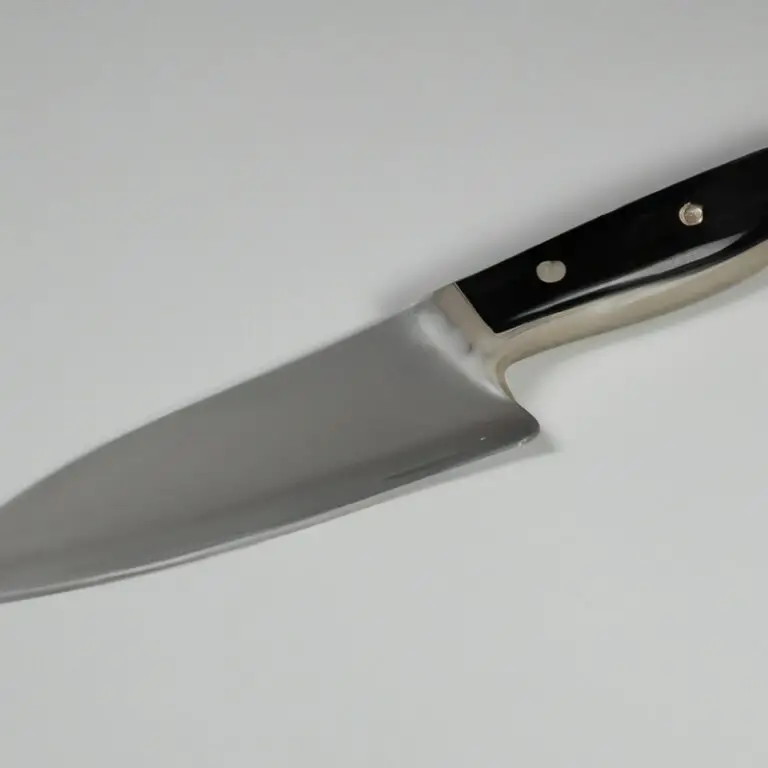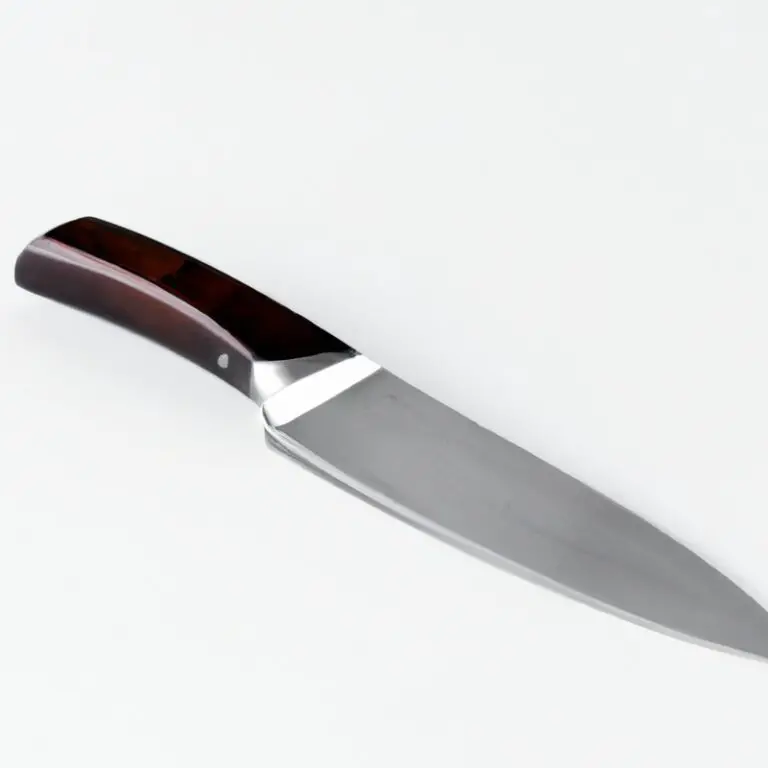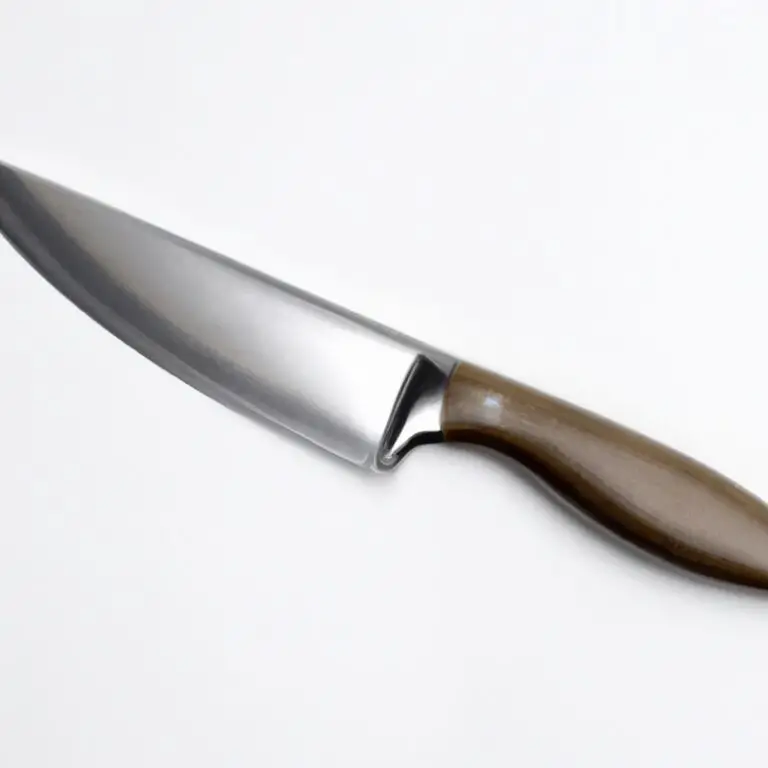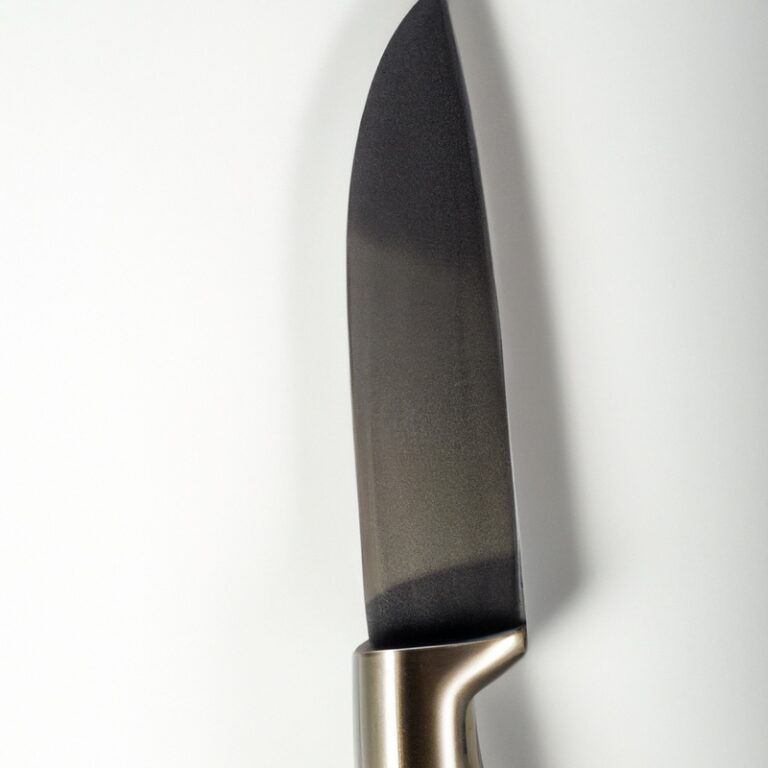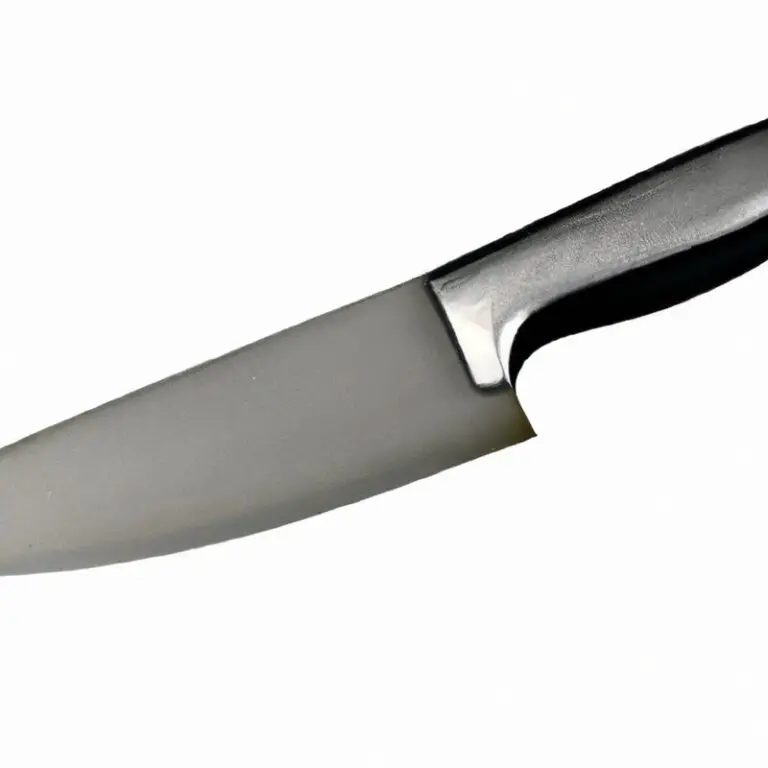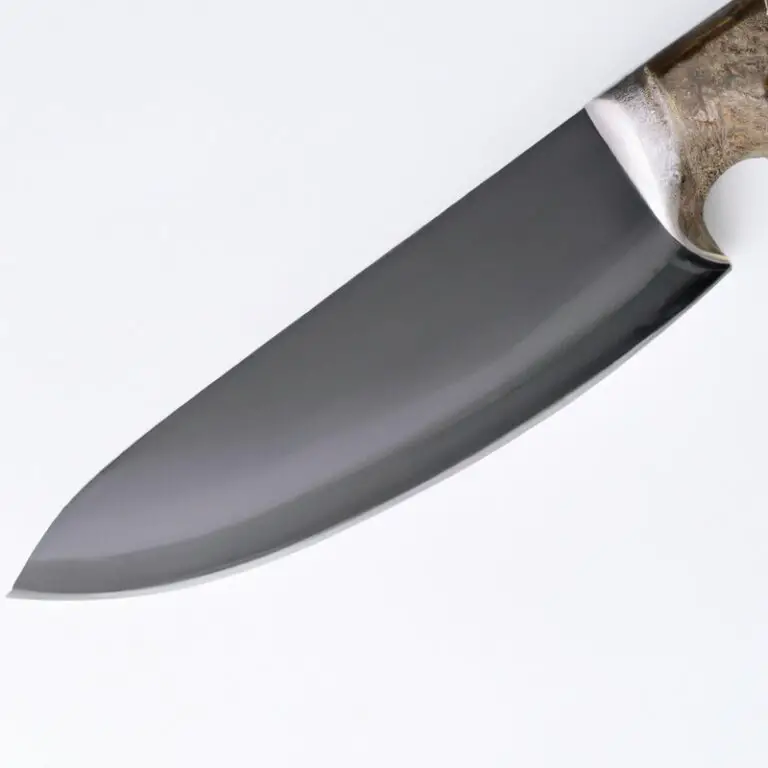What Are The Different Sizes Of Fillet Knives? Find Your Perfect Fit
Key Takeaways:
- Fillet knives come in various sizes, ranging from 4 inches to 12 inches.
- The size of the fillet knife you should use depends on the size of the fish you are filleting.
- A smaller fillet knife is ideal for smaller fish, while a larger one is better for larger fish.
- It is important to choose the right size fillet knife to ensure precision and avoid damaging the flesh of the fish.
Have you ever struggled to fillet a fish with a regular kitchen knife? It’s a frustrating experience that can leave you with a mess of bones and wasted meat.
This is where a fillet knife comes in handy, but with so many different sizes and types available, it can be hard to know which one to choose.
In this article, I will guide you through the different sizes of fillet knives and their ideal uses. From small and versatile to large and strong, you’ll learn how to choose the perfect fillet knife for your needs.
Plus, I’ll share some maintenance tips to keep your knife in excellent condition for all your future fish filleting needs.
| Fillet Knife Model | Blade Length | Handle Length | Total Length |
|---|---|---|---|
| Rapala Fish n Fillet Knife | 4″ | 4.5″ | 8.5″ |
| Wusthof Pro Flex Fillet Knife | 7″ | 5″ | 12″ |
| Victorinox Swiss Army Cutlery Fibrox Pro Curved Breaking Knife | 8″ | 5″ | 13″ |
| Mercer Culinary Millennia Narrow Fillet Knife | 7″ | 4.75″ | 11.75″ |
| Morakniv Fishing Comfort Fillet Knife | 6.1″ | 4.5″ | 10.6″ |
| Bubba Blade 9″ Flex Fillet Knife | 9″ | 6″ | 15″ |
Small Fillet Knives: Ideal for Small Fish
Small fillet knives are perfect for smaller fish. They usually have a blade length of around 4-6 inches, making them ideal for precision cutting.
Their lightweight and compact design make them easy to handle and maneuver around small fish, ensuring that you can get the most out of every slice.
With small fillet knives, you can easily remove the bones and skin from the fish without damaging the meat. They are also great for removing smaller bones from larger fish.
When choosing a small fillet knife, ensure that it has a sharp blade and a comfortable grip.
A reliable option is stainless steel blades, as they are durable and long-lasting. In conclusion, small fillet knives are an essential tool for anyone who regularly prepares small fish.
Medium Fillet Knives: Versatile and Practical
Medium fillet knives are a great choice for versatility and practicality. These knives tend to have blades that range from 6 to 8 inches, making them ideal for filleting fish of medium size.
They are not too small for large fish, yet not too big for smaller fish.
Their size provides a balance between strength and flexibility, making them suitable for many different types of fish. One of the benefits of using a medium fillet knife is that it allows for precise cutting.
The blade’s size and shape allow you to fillet a fish with accuracy while minimizing wastage.
Moreover, medium fillet knives are often more manageable and more comfortable to maneuver than the more significant blades. They also tend to be lighter, which reduces muscle fatigue over prolonged use.
Most medium fillet knives are easy to sharpen and maintain, ensuring their longevity with proper care.
The handles on these knives come in various materials and designs, such as rubber, wood, or plastic, offering a secure and non-slip grip during filleting. Overall, medium fillet knives are a practical option for filleting fish of varying sizes and types.
They offer users the perfect balance of strength, flexibility, and precision.
Large Fillet Knives: Perfect for Big Fish
Large fillet knives are designed for big fish and are ideal for anglers who often catch large freshwater or saltwater species like salmon, tuna, or swordfish. These knives usually have blades that are around 9-12 inches long, which makes them perfect for filleting large fish efficiently.
With a large fillet knife, you can easily cut through the tough skin, meat, and bones of a big fish.
These knives are also great for bigger game like moose or deer, which require a larger blade to handle. When choosing a large fillet knife, look for one with a sturdy and sharp blade, a comfortable grip, and a durable material.
An ergonomic handle is also essential to ensure that you can hold the knife securely and safely during use.
Overall, if you’re someone who regularly catches big fish, a large fillet knife is a must-have in your tackle box.
Flexible Fillet Knives: For Precise Cuttings
Flexible fillet knives are an excellent choice for those looking to achieve precise cuts. These knives feature a more pliable blade, which allows them to contour to the shape of whatever fish or meat you are cutting.
This flexibility ensures that you can achieve fillets with minimal meat wastage, which can be important when dealing with more expensive cuts of fish.
In addition to this, flexible fillet knives help to minimize the chance of bruising or tearing the fillet. This can be particularly useful when working with softer, more delicate fish, such as trout or salmon.
The pliability of the blade helps to ensure that the meat is not crushed or damaged during the filleting process.
When looking for a flexible fillet knife, it is important to choose a quality product. Look for a knife made from high-carbon stainless steel, which is a strong and durable material that will last for years.
Additionally, consider the handle of the knife, as a comfortable, non-slip grip can make filleting much easier.
Overall, flexible fillet knives are an excellent choice for those looking for precise, clean cuts. Whether you are an experienced chef or just starting out, investing in a good quality flexible fillet knife can make a huge difference in the quality of your fillets.
Stiff Fillet Knives: For Tough Fish
Stiff fillet knives are designed for tough fish with dense bones and thick flesh. Unlike flexible fillet knives, they have a thicker, sturdier blade that allows for precision cuts through tough fish.
Stiff fillet knives are perfect for species such as catfish, salmon, and redfish.
These knives provide stability and control needed to make clean and straight cuts through the fish. It is essential to select a stiff fillet knife that is comfortable for you to hold and has a secure grip.
With the right selection and handling, stiff fillet knives can make filleting tough fish easier and faster.
Blade Thickness Matters: Consider Thicker Blades for Harder Fish
Blade thickness is an important factor to consider when purchasing a fillet knife, especially if you plan to fillet harder fish. Thicker blades can withstand more pressure and are less likely to bend or break while filleting tough or bony fish.
A blade thickness of at least 2mm is recommended for these types of fish, while softer fish can be filleted with thinner blades.
Keep this in mind when choosing a fillet knife for your specific needs.

The Handle Matters: Choose a Comfortable and Non-Slip Grip
A comfortable and non-slip grip is essential when it comes to fillet knife handles. Not only does it make cutting easier, but it also ensures safety in the kitchen.
There are various handle materials to choose from such as wood, plastic, rubber, and metal.
The most important thing to consider is the grip. A comfortable grip prevents your hand from slipping when filleting fish, which can cause injury.
Look for a handle that fits well in your hand and has a good balance.
A handle that is too big or small can cause discomfort and fatigue. A non-slip grip is also important, especially when working with wet and slippery fish.
Handles with textures or patterns provide better friction and grip.
Rubber and plastic handles are popular choices as they are easy to grip and clean. Ultimately, the handle that you choose should feel comfortable and secure in your hand.
Don’t be afraid to test out different handles and find what works best for you.
A good fillet knife handle should provide comfort, stability, and safety.
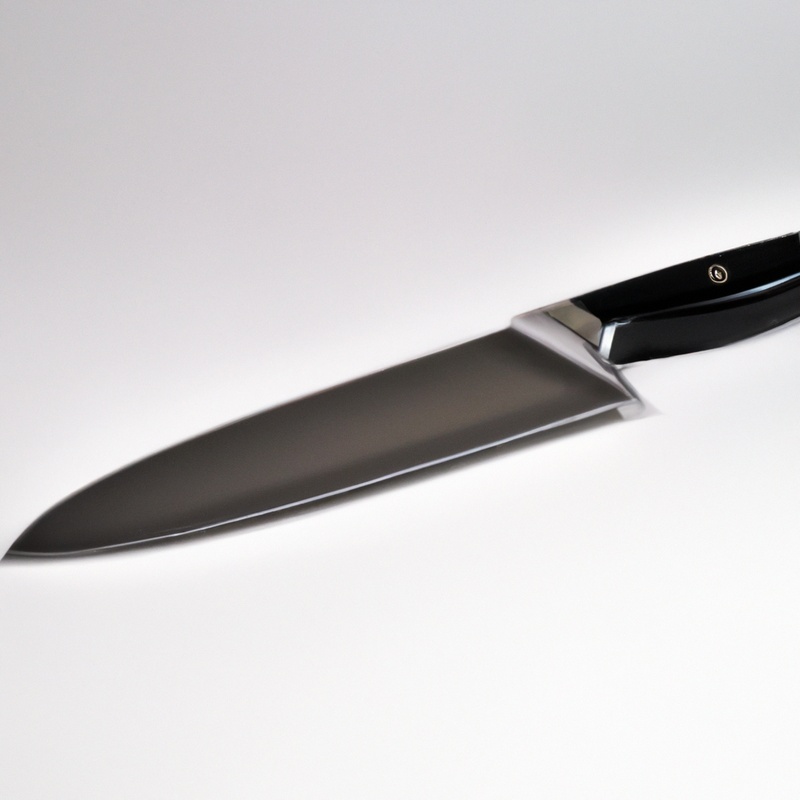
Maintenance Tips for Fillet Knives: Keep Them Sharp and Clean
To ensure that your fillet knife stays in top condition, it’s essential to keep it sharp and clean. Here are a few maintenance tips to help you do just that:
- Clean the blade after every use: Rinse the blade thoroughly under running water and use a mild detergent if necessary. Dry the blade immediately after cleaning it to prevent rust from forming.
- Sharpen the blade regularly: A sharp blade works better and is safer to use than a dull one. You can use a sharpening stone or an electric sharpener to sharpen your fillet knife at home. If you’re not confident in your sharpening skills, consider taking your knife to a professional.
- Store the knife properly: Always store your fillet knife in a sheath or a blade guard to protect the blade and prevent accidents. Avoid storing it in a drawer or anywhere that could damage the blade.
By following these simple maintenance tips, you can extend the life of your fillet knife and keep it in excellent working condition for years to come.
Fillet Knives vs. Boning Knives: What is the Difference?
Fillet knives and boning knives are both used for meat cutting, but they have distinct differences. Fillet knives have a narrow, flexible blade that is designed for filleting fish and removing the skin.
Boning knives, on the other hand, have a stiffer and wider blade that is ideal for removing meat from bones, tendons, and joints.
While fillet knives are best for working with fragile and delicate meats like fish, boning knives can be used for a wider range of meats like poultry, beef, and pork. It’s important to choose the right knife for the job to ensure safety and accuracy while cutting.
Essential Features of a Good Fillet Knife: Material, Durability, and Balance
When selecting a fillet knife, it is important to consider the essential features that make a good fillet knife. These include the quality of the material, durability, and balance.
Material is a crucial factor in determining the performance, sharpness, and longevity of the knife.
High-quality stainless steel or carbon steel blades are preferred, as they are durable, easy to sharpen, and rust-resistant. Durability is also important, as fillet knives are often exposed to harsh conditions such as saltwater and heavy use.
Look for knives with strong and sturdy handles made of materials like plastic, rubber, or wood.
Balance is essential for a comfortable and efficient filleting experience. A well-balanced knife will reduce hand fatigue and increase accuracy when filleting.
A good fillet knife must have these essential features to ensure a successful and comfortable filleting experience.
Keep these features in mind when selecting the perfect fillet knife for your needs.
Final Verdict
In conclusion, choosing the right size and type of fillet knife is crucial for achieving the desired result in preparing fish. A Small Fillet Knife is perfect for smaller fish, while Medium and Large Fillet Knives offer versatility and practicality for different fish sizes.
If you need to make precise cuts, a Flexible Fillet Knife is a great option, and for tougher fish, a Stiff Fillet Knife is what you need.
Remember to consider the thickness of the blade and choose a comfortable and non-slip handle grip. All of these features contribute to a successful filleting experience.
By taking good care of your fillet knives, keeping them sharp and clean, they will last you many seasons, helping you to perfect your fish-preparation skills.
In addition, it’s important to note the difference between fillet knives and boning knives, and the essential features to look for when choosing a fillet knife; such as the material, durability, and balance. With these insights and practical takeaways in mind, you can now feel confident in your ability to choose the right fillet knife for your next fishing excursion, ensuring a successful and enjoyable fish preparation experience.

